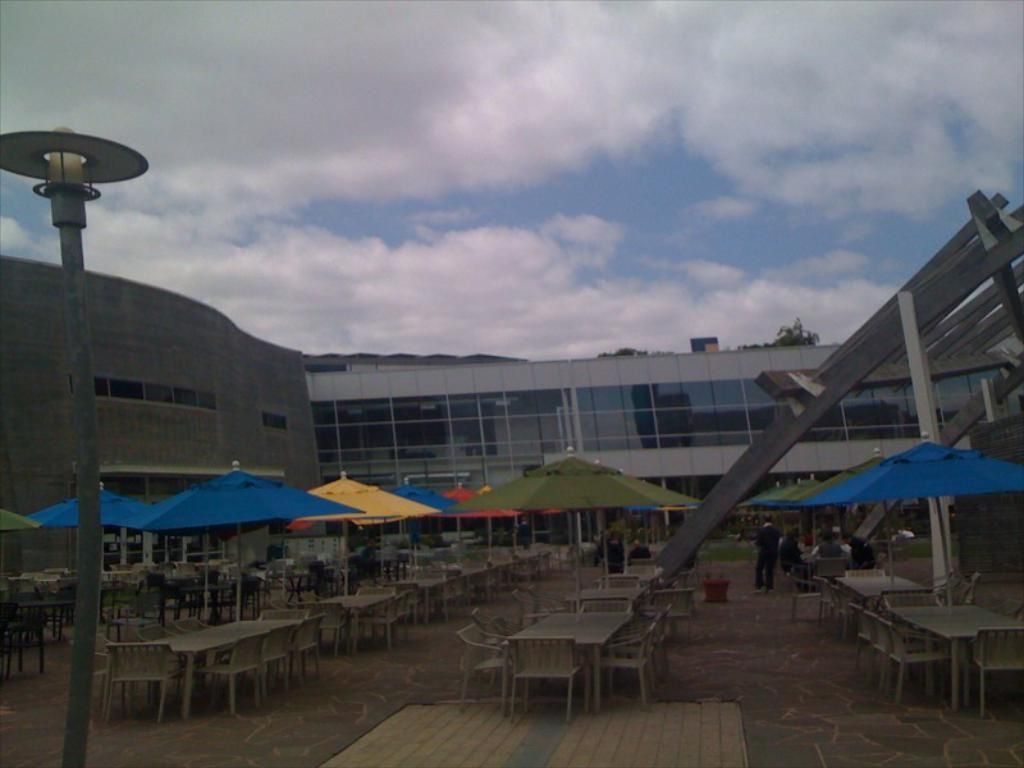Advanced Water-Saving Technologies Addressing the Issue of Unnecessary Water Usage
Revamped Perspective on Water Waste:
Water wastage is no longer just a local issue; it's a global concern with severe environmental, social, and economic consequences. Whether from leaky infrastructure, inefficient agricultural practices, or careless household usage, water is disappearing at an alarming rate as climate patterns shift and populations grow, intensifying water scarcity in numerous regions. To address this pressing issue, technology steps forward with innovative solutions that tackles water wastage head-on.
- Smart Infrastructure takes control: Smart infrastructure, enabled by the integration of Internet of Things (IoT) sensors into municipal water systems, helps municipalities detect leaks in real-time, monitor pressure levels, and predict points of failure before things go south. The constant data collection by these sensors is fed into machine learning platforms, which help identify patterns and anomalies, enabling maintenance teams to respond immediately and prevent further water waste. Cities such as Singapore and Copenhagen have already embraced intelligent infrastructure, resulting in significant reductions in water loss and improved system reliability.
- Precision Agriculture tackles irrigation waste: Agriculture remains one of the world's largest water consumers. Traditional irrigation systems, like flooding fields or indiscriminate spraying, lead to high levels of evaporation and runoff. In regions with limited water access, these practices intensify the problem of water wastage. But technological advancements in precision agriculture are transforming irrigation strategies. Smart irrigation systems analyze weather forecasts, soil sensors, and crop-specific needs to determine exactly when and how much water is needed. Drip irrigation, coupled with these intelligent controls, delivers water directly to the root zone, minimizing loss and boosting absorption. Satellites and drones, which gather detailed images of crop health, soil moisture, and field topography, further enhance this ecosystem, enabling farmers to adjust watering practices accordingly.
- Household Tech sparks responsible usage: Domestic water usage, while seemingly minor in comparison to agriculture or industry, plays a considerable role on a global scale. Household inefficiencies like running taps while brushing teeth or ignored leaking toilets are widespread. However, water-saving home technologies, such as smart water meters connected to mobile apps for real-time tracking and high-efficiency fixtures, are growing increasingly available and adopted. In addition to conserving water, these solutions help homeowners identify patterns, detect leaks, and make wise decisions, with the ultimate goal not just to reduce bills but to actively combat the cumulative effect of wasting water at the individual level.
- Industrial water management gets smarter: The industrial sector uses massive amounts of water for manufacturing, cooling systems, and cleaning processes. Much of this water is discharged after a single use, often untreated or poorly managed. Cutting waste in industrial contexts requires both monitoring and reclaiming technologies. Modern water treatment systems enable industries to purify and redirect contaminated water back into the system for secondary uses, reducing waste and easing the strain on freshwater sources. Automation also plays a significant role, with real-time data analysis of flow rates, temperature, and contamination levels allowing companies to fine-tune their operations.
- AI and Big Data drive wise decisions: Data has always been important in resource management, but modern analytics are redefining how we approach water wastage. AI platforms help predict demand, detect anomalies, and optimize usage in ways that human operators cannot. By aggregating data from various sources (climate models, historical usage, sensor networks), AI systems create dynamic, adaptive models for utilities. This knowledge helps balance supply and demand, plan for droughts, and avoid over-extraction, especially useful in agricultural sectors. Machine learning tools also support predictive maintenance, allowing for proactive scheduling of repairs and preventing wastage.
- Urban design and architecture prioritize conservation: Cities tend to be blamed for excessive resource consumption, but they are also hotbeds for innovation. Green architecture includes features like rainwater harvesting, greywater recycling, and rooftop gardens that innately reduce runoff. Buildings with automated water systems adjust usage based on occupancy and real-time demand, promoting conservation. Urban planning incorporates permeable pavement technologies that allow water to seep into the ground instead of lost as surface runoff. Stormwater management systems divert rainwater into reservoirs rather than letting it drain away, addressing water waste at the design level instead of just user behavior.
- Desalination and Atmospheric Water Generation extend supplies: Although reducing consumption is vital, expanding access to usable water is also crucial. Desalination, once viewed as too expensive or energy-intensive, is becoming more feasible thanks to advancements in energy recovery and membrane efficiency. Modern desalination plants utilize less power, produce less brine waste, and operate more sustainably than earlier models. Atmospheric Water Generation (AWG) systems extract moisture from the air and condense it into clean drinking water, originally designed for remote military applications or disaster relief. Now, these systems are being scaled for residential and commercial use in arid regions, offsetting the consequences of water waste by ensuring new sources that meet growing demand without straining existing freshwater ecosystems.
- Public awareness and policy support innovation: Technology alone cannot resolve the issue of water waste. Public engagement and supportive policy frameworks are equally important. Governments must invest in infrastructure upgrades, offer incentives for adopting water-saving technology, and enforce regulations that prioritize conservation. Transparency in reporting and public campaigns that highlight the benefits of smart technology can shift cultural norms, while partnerships between private sector, government bodies, and community organizations foster scalable solutions. In short, collaboration ensures that innovation has the reach and impact it needs, from startups developing AI platforms to cities piloting smart grid water systems.
- A future without water waste is within reach: The challenge of water waste is vast, but not insurmountable. As technology advances, solutions become more effective, affordable, and widely adopted, from intelligent infrastructure to AI-powered analytics. However, integration is key, as pursuing a holistic, layered approach combining data, design, policy, and education ensures resilience and secures a healthier, more stable future. By adopting these advancements, we're not just saving water but actively working towards a brighter future.
- Final thoughts on innovation and accountability: Innovation is not merely about new gadgets; it's about transforming how we live and use our resources. To tackle water waste, we require more than a surface-level fix; it demands a deep, systemic rethinking of how water is collected, distributed, used, and reused. The rise of smart technologies offers hope, providing individuals, businesses, and governments with the tools to see where water is wasted and take decisive action. Across diverse sectors—from agriculture to urban living—there are now proven methods to use less water more wisely. It is necessary to commit to continuous improvement and proactive investment to make wasting water a problem of the past instead of a threat to our future. As societies adapt and invest in these innovations, we move closer to a sustainable water future.
- Science and Technology Converge to Redefine Urban Design: The growing integration of smart technologies in urban design could revolutionize the landscape of cities, (adopting precision in water management and green architecture, ensuring optimal resource usage).
- Environmental-Science and Architecture Pave the Way for Sustainable Cities: As cities become hotbeds for innovation, the amalgamation of cutting-edge architecture and environmental-science principles will prioritize resource conservation, encouraging the use of rainwater harvesting, greywater recycling, and permeable pavement technologies.




